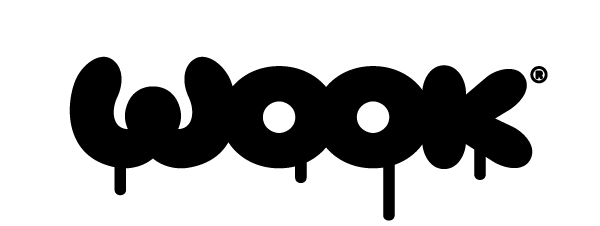“Why do we cry?” - Fran Pintadera, Ana Sender
This post may contain affiliate links, which means that I may receive a commission if you make a purchase using these links. You do not pay a higher price.
“Why do we cry?” - Fran Pintadera, Ana Sender
Language of book for review:
German - “Warum wir weinen”
Published also in:
English - “Why do we cry?”
Brazilian Portuguese - “Por que choramos?”
European Portuguese - “Porque Choramos?”
“Why Do We Cry?” by Fran Pintadera, with illustrations by Ana Sender, is a tender and poetic exploration of one of life’s most universal experiences: crying. This picture book delicately unravels the emotional and physiological layers of tears through a heartfelt conversation between a young boy named Mario and his mother. It’s a beautifully crafted work that bridges the gap between feelings and understanding, making it an invaluable tool for parents, educators, and young readers alike.
The story begins with a simple yet profound question from Mario: “Mother, why do we cry?” His mother’s response is anything but simple—it’s a lyrical journey through the myriad reasons tears flow. She speaks of sadness too vast to contain, anger that storms out like rain, confusion that sends tears searching for answers, and even happiness that spills over in joyful droplets. Pintadera’s text is a masterclass in metaphor, transforming abstract emotions into vivid, relatable imagery. Lines like “tears speak a universal language” when words fail, or “tears are the best medicine” for pain, resonate with both children and adults, offering a gentle validation of emotional expression.
Ana Sender’s illustrations elevate this narrative to another level. Her artwork is lush and textured, using a shifting palette of colors to mirror the mood of each spread— somber grays for sadness, fiery reds for anger, and soft greens for healing. Rather than focusing solely on Mario, Sender often depicts the mother as a young girl experiencing these emotions, adding a layer of empathy and universality. The symbolic visuals, such as blackbirds flying from a braid to represent released sadness or tears turning into flowering vines, are striking and imaginative, making complex feelings accessible to young minds. The illustrations don’t just complement the text—they deepen its impact, inviting readers to linger on each page.
What sets this book apart is its refusal to shy away from the complexity of human emotions while remaining approachable. It tackles the cultural stigma around crying—particularly for boys—by framing Mario’s curiosity as natural and his mother’s answers as affirming. The inclusion of a scientific backmatter section is a thoughtful touch, answering questions like “What are tears made of?” and “Why are they good for us?” with clear, child-friendly explanations. Paired with discussion prompts, this addition makes the book a versatile resource for classrooms or therapeutic settings, encouraging kids to reflect on their own experiences with tears.
If there’s a minor critique, it’s that some of the metaphors might soar slightly over the heads of the youngest readers (perhaps better suited for ages 5 and up than 3). Yet, this also opens the door for rich conversations with caregivers, turning potential confusion into connection. The book’s climax—where Mario notices his mother crying from happiness—brings the narrative full circle, leaving readers with a sense of warmth and acceptance.
“Why Do We Cry?” is a rare gem: a picture book that’s both a literary delight and a tool for emotional literacy. Pintadera and Sender have created a work that defends the right to cry, dismantles outdated stereotypes, and celebrates the beauty of feeling deeply. It’s a must-read for anyone looking to help children navigate their emotions—or simply appreciate a story told with heart and artistry.
















